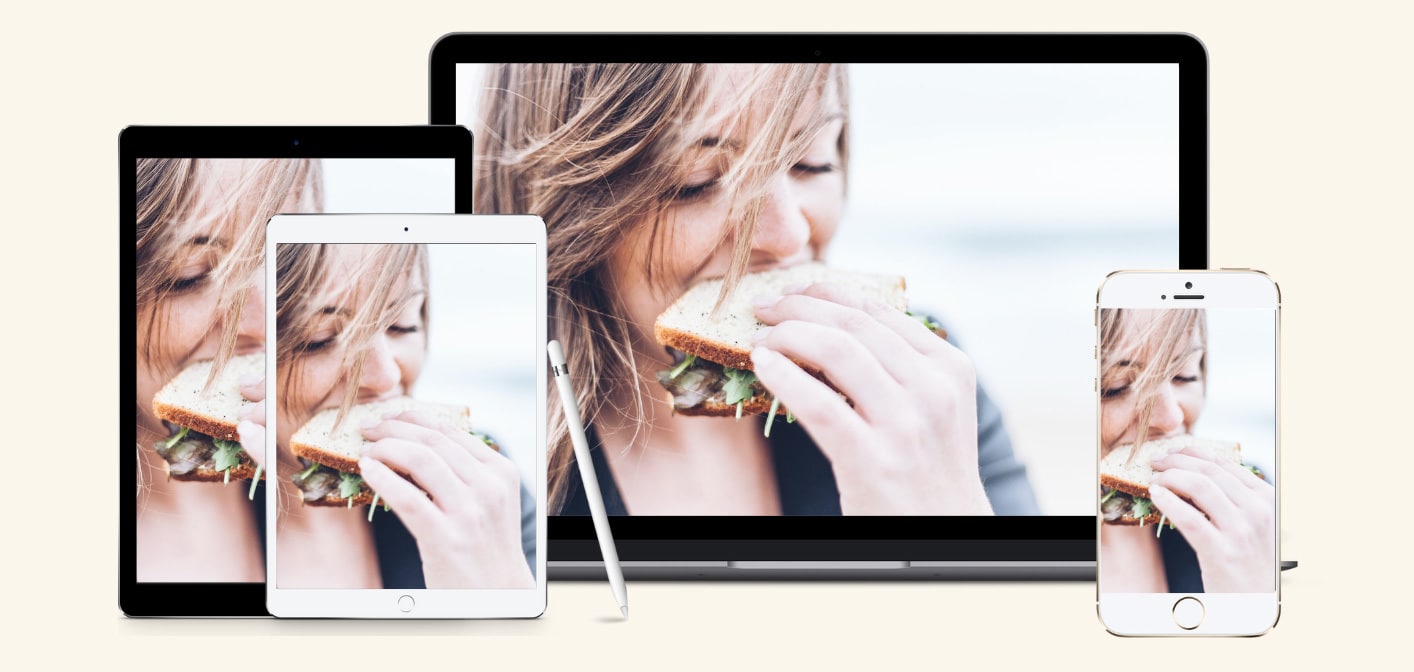Emotional Eating: Practical, Kind Steps to Break the Cycle
Autumn can feel like a reset in the UK. New timetables, darker evenings, more pressure to get back into a routine. For many people, that extra stress can ramp up emotional eating.
If you’ve ever found yourself searching the cupboards after a long day, not hungry, but craving comfort, you’re not alone. Emotional eating is common and completely understandable. It’s not a personal failure.
Kindness and a few practical tools can help to soften the edges and help you find some more understanding too, so you can begin to gain your control back.
What Emotional Eating Really Looks Like (And Why It’s Normal)
Emotional eating is when eating is driven more by feelings than by physical hunger. We all do this sometimes, like sharing birthday cake to celebrate or having comforting warm soup when under the weather.
It becomes draining when food becomes your main way of coping with emotions like stress, boredom, loneliness, or overwhelm.
Common signs include:
-
Regularly eating when you’re not physically hungry
-
Regular strong cravings for comfort foods to get a quick relief
-
Regularly eating past comfortable fullness to soothe emotions
-
Eating in secrecy or feeling out of control around certain foods
-
Feeling guilt, shame, or frustration afterwards
If you notice yourself thinking “I can’t stop eating” or “Why do I binge at night?” it’s a cue to get curious, not to go harder on trying to cut back. Often there are reasons behind this, like being under-fuelled, missing satisfaction, or juggling tricky emotions without enough support.
Why Emotional Eating Happens (It’s Not About Willpower)
Your brain is wired to seek relief from discomfort. Food is reliable, fast, and socially acceptable. It can soothe, distract, and numb.
If you’ve been restricting or trying to be “good,” your body may also be genuinely hungry by evening. That mix of stress, tiredness, and biological hunger can make urges intense. I can’t emphasise this enough. It’s why, when we work with clients we often unpack things in this order – understanding physical hunger, reducing restriction, and then tackling emotional eating. As what can feel like emotional eating, can easily be a backlash hunger from not eating enough in the day, or, a backlash of trying to be “good” and therefore, eating foods that are not truly satisfying.
Restriction and subtle hunger only makes things worse. When foods are off-limits, they become more magnetic. The “might as well keep going” spiral is a common response to deprivation, not a lack of discipline.
Step One: Swap Judgment for Curiosity
Shame feeds the cycle and curiosity loosens it. So, it can help to try this reframe: instead of asking “Why did I do that again?” ask “What was I needing in that moment?”
A compassionate check-in could include asking:
- When did I last eat? If 2, 3, 4 or more hours as passed, it’s likely hunger is in the mix.
- Have I truly given myself to eat satisfying food and proper meals today?
- What am I feeling right now? Stressed, lonely, bored, tired?
- What would feel supportive in the next ten minutes?
This is about removing rules and gaining helpful information.
Gentle Tools to Soften the Urge (Without Restriction)
Here are supportive, realistic ways to reduce emotional eating. Try one at a time and repeat what helps.
-
Nourish your body early and often. Eat regular meals and snacks with protein, carbs, fat, and satisfaction throughout the day. Steadier energy throughout the day, with 3 satisfying meals, and 2-3 snacks in between, can make evening urges less powerful.
For example: oats with fruit, dal and rice, congee with egg, or toast with avocado; a sandwich, falafel wrap, stir-fried noodles, or tacos with beans and cheese; snacks like yoghurt with fruit, hummous with pita, plantain with beans, or spiced nuts.
-
Be intentional about adding satisfaction to your meals. Joyless meals leave you searching for completeness later. Add flavour, texture, and pleasure.
For example, instead of plain rice and chicken, add a squeeze of lemon, a drizzle of olive oil, or a side of crunchy veg. Swap a dry sandwich for one with hummus, fresh herbs, or melted cheese. Even something small like a bar of chocolate with your lunch can bring satisfaction and help you feel content.
-
Build a two-pronged pause. When an urge hits, promise yourself you can eat if you want to. First, pause for two minutes, take a breath, stretch, scan your body. Then check: am I hungry?
-
Create a “feel-better menu.” List 3-5 non-food comforts (a shower, texting a friend, stepping outside. These widen your options.
-
Make peace with all foods. When no foods are off limits, urgency drops. If you feel stuck in rules, our guide on how to stop counting calories can help.
For example, if you’ve always banned bread or chocolate, try allowing them at mealtimes. Over time, having a slice of toast with butter at breakfast or enjoying some chocolate after dinner feels ordinary, not something to binge on.
-
Plan for tricky times. If evenings are tough, have a satisfying afternoon snack. If Sunday nights spark anxiety, create a comforting routine for yourself.
For example, if evenings are when cravings hit, try a balanced afternoon snack like yoghurt with fruit and nuts, hummus with pita, or cheese and crackers. If Sunday nights spark anxiety, you might plan a warm dinner, prep your bag or lunch for Monday, then wind down with a bath or a favourite TV show.
-
Practise compassionate self-talk. Try: “This is hard and I’m learning.” With practice, I will move forward.
How to Stop Emotional Eating in the Moment
You can’t stop emotions, but you can ride them with support. When the urge lands:
- Name the feeling. “I feel anxious and tired.” Naming reduces intensity.
- Scan for hunger. If hungry, eat enough to satisfy.
- Try your feel-better menu. Set a three-minute timer; if the urge is still strong, you can choose to eat with awareness.
- If you eat, slow down. Sit if you can, breathe, taste. Giving yourself permission can reduce the rebound eating effect – the “sod it” mentality, where you think “i’ve done it now, I might as well keep going”.
- These are not tests to pass, they’re ways to meet yourself with care.
When Emotional Eating Overlaps with Restriction
If you often feel stuck in a feast-and-famine loop, food rules may be driving the cycle. Our guide on how to stop thinking about food explains why scarcity fuels obsession and how to rebalance without more rules.
How Professional Support Can Make a Difference
You don’t have to figure this out alone. Working with a compassionate professional can:
-
Offer personalised guidance to support you to become more in touch with your needs, body, and ultimately work towards finding food freedom.
-
Provide a judgment-free space to untangle triggers
-
Share tools to reduce guilt and cope with emotions
If you’d value one-to-one support with a registered dietitian and Certified Intuitive Eating Counsellor, learn more about our nutrition coaching service. Sessions are online and flexible to fit around your life.
Signs You’re Making Progress (Even If It Feels Slow)
Progress is rarely linear. You might notice:
-
Fewer all-or-nothing eating episodes
-
Easier evenings because meals were satisfying
-
More neutral thoughts about previously “off-limits” foods
-
Quicker recovery after a tough day, with less shame
Each of these is meaningful progress.
A Gentle Reminder and Next Step
Emotional eating is a coping strategy, not a character flaw. When you feed yourself regularly, add satisfaction, and widen your comfort tools, the cycle loosens.
If you want structured, kind support as you practise these steps, explore our online nutrition coaching or book a free discovery call. You deserve a calm, trusting relationship with food.





